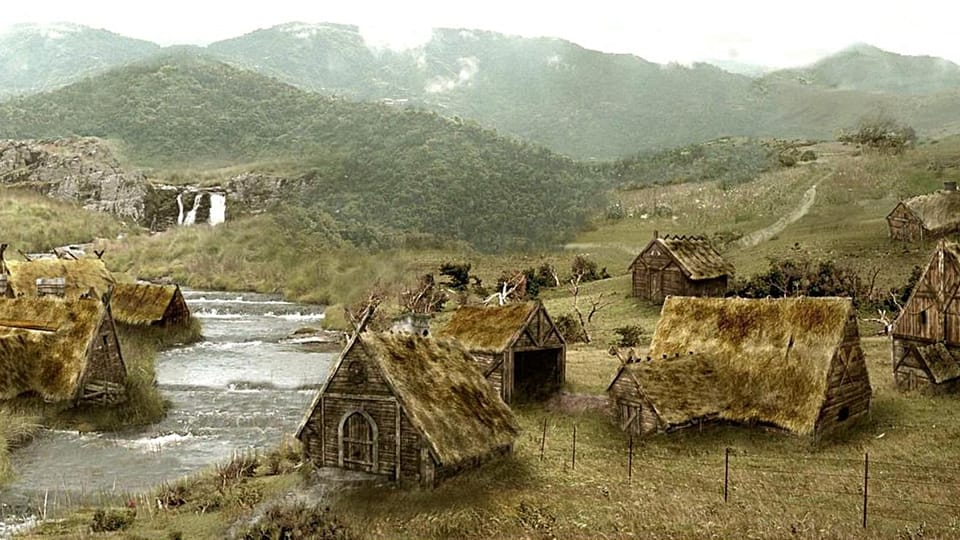Beyond the Horned Helmets: Rediscovering Viking Villages

Let’s set the record straight on Viking villages. Most folks think they were just military outposts or raiding bases, but they were way more than that. These communities were diverse, complex, and deeply connected to their environment. Forget what you’ve seen in the movies; Vikings didn’t spend their whole lives on longboats or military camps. Most of them lived in villages that looked much like the English and French settlements of the time.
A typical Viking village centered around a cluster of longhouses. These things were built tough, with walls made of vertical logs or intertwined planks covered in turf to keep out the Nordic chill. Inside, it was like a Swiss army knife of rooms: kitchen, dining room, and bedroom all rolled into one. Benches along the walls did double duty as beds at night and seats during the day. And right smack in the middle, an open hearth kept the place warm and cozy. Oh, and don’t be surprised if you found some chickens or goats sharing the space during the colder months.
But the action didn't stop there. Surrounding the primary dwellings, you’d find outbuildings serving as workshops, granaries, or stables. These Vikings were running a tight ship.
Location, location, location. The success and prosperity of a Viking village depended on it. Most of these villages were near the coast or along a fjord, making fishing and transportation a breeze. They were also smart about where they built, choosing high ground for proper drainage.
Now, let’s talk business. The economy of Viking villages was all about agriculture. They were growing everything from barley, rye, and oats to raising sheep, goats, and cows. And you can bet your bottom dollar that butter and cheese were as essential as breathing. Fishing was huge too, especially in coastal villages. And let’s not forget about the local and long-distance trade, keeping the goods flowing in and out.
Craftsmanship was a big deal in these villages. They had blacksmiths, weavers, carpenters, and jewelers churning out goods left and right. It was a full-on community effort.
These Vikings weren’t just living in their environment; they were part of it. They knew those forests like the backs of their hands, relied on rivers and seas for transportation and food, and even practiced crop rotation to keep their soil in top shape. Spirituality was a big deal, too, with their pantheon of gods and goddesses, all connected by that cosmic tree Yggdrasil.
Life in a Viking village was all about the seasons. Spring was for planting, summer for raiding, and winter for hunkering down in those longhouses, swapping stories, and making crafts. And those festivals? They marked the changing of seasons and kept the rhythm of life going strong.
So, forget what you thought you knew about Vikings. These weren’t just warriors but farmers, craftsmen, merchants, and families. They left a legacy that goes way beyond their exploits—a deep understanding of life, human relationships, and the world around them.
